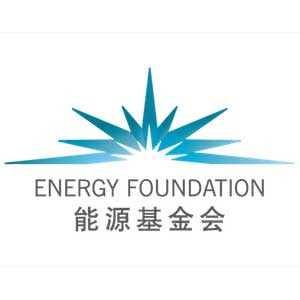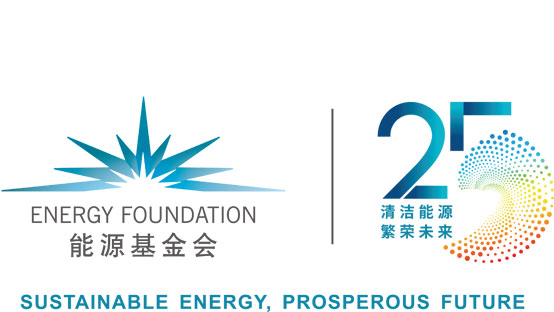Long-Term Strategy for Decarbonization
Context:
According to the Paris Agreement, each party should submit a long-term low GHG emission development strategy called “Mid-Century Strategy” by the end of 2020 to the United Nations. As the largest carbon emitter, China faces a lot of challenges in the formulation and transformation of its strategy, which will bring comprehensive and profound economic and social changes to the country. In order to better provide technical support for the formulation and implementation of China’s Mid-Century Strategy, Energy Foundation China established its flagship Long-Term Strategy for Decarbonization Task Force in 2018, committed to exploring a multi-win low GHG emission development path for China, which will be consistent with global efforts to achieve the goal of 1.5 °C, the country’s vision of building a green, “beautiful China,” and its aspirations for high-quality economic growth and societal development. We hope the effort will help put China onto a trajectory of sustainable prosperity and carbon neutrality.Taskforce Strategy Overview
The Overarching Goal:
By exploring a multi-win long-term low GHG emission development path, the task force aims to help China establish an ambitious 2050 GHG target of at least 70 percent reduction below 2005, and to include this target in China’s Mid-Century Strategy submission to the United Nations Framework Convention on Climate Change; and support China to achieve GHG neutrality—not just carbon neutrality—by 2060, and net-zero carbon dioxide emissions in energy supply by 2050.
Initiatives:
- Vision shaping and goal setting: Support long- and near-term ambitions in China’s Five-Year Plans, Nationally Determined Contributions, Mid-Century Strategy, and high-quality development strategy;
- Mainstreaming and synergy: Facilitate cross-agency collaboration, enhance coordination of China’s decarbonization and socio-economic targets, and help build a new growth engine that features low carbon industries;
- Deep decarbonization in industry, power, transportation, and other sectors: Enable radical emission reductions through pilots, new policy frameworks, and innovative business models;
- Systematic solutions and pilots: Address cross-sectoral/cross-cutting issues, e.g. infrastructure, innovation, grid edge, consumption, and coal phase-out, and enhance synergy and integration between transport, energy, and other sectors;
- Enabling policy and institutional change: Support analysis and education for sectoral reform (in power and transportation), standard updates, tools of pricing, taxation, subsidy, and finance (including systematic financial risk assessments), and their local/regional/district pilots;
- Stakeholder engagement, communication, and capacity building;
- Synthesis and knowledge/data hub: Synthesize task force outputs and communication, and establish a China-focused online knowledge hub to enhance information accessibility;
- Carbon dioxide removal and non-carbon dioxide GHGs: Support analysis and policies to address costs, uncertainties, risks, and barriers associated with large-scale deployment of carbon dioxide removal technologies, to phase out hydrofluorocarbons, and to withdraw methane.





